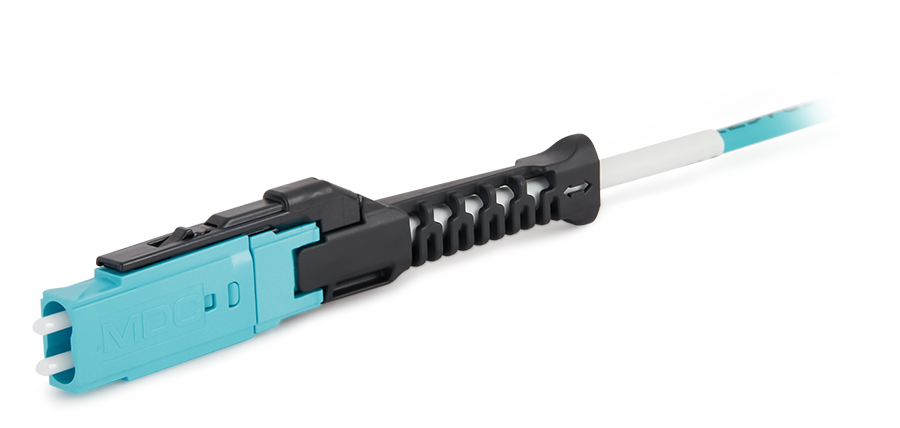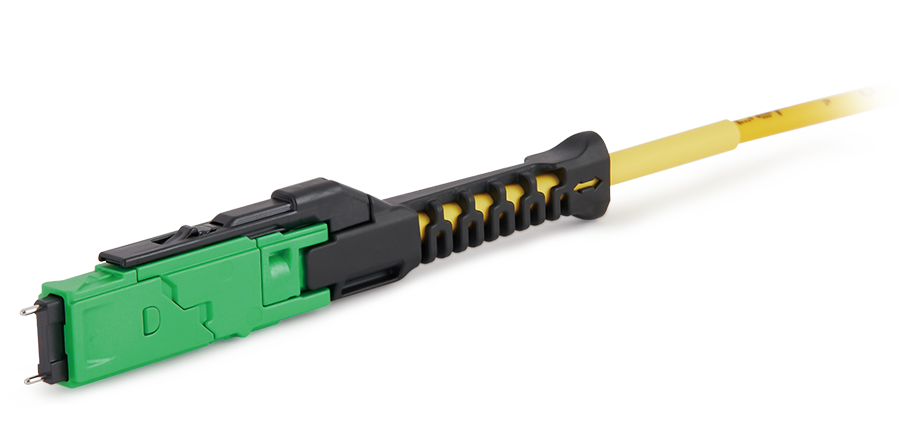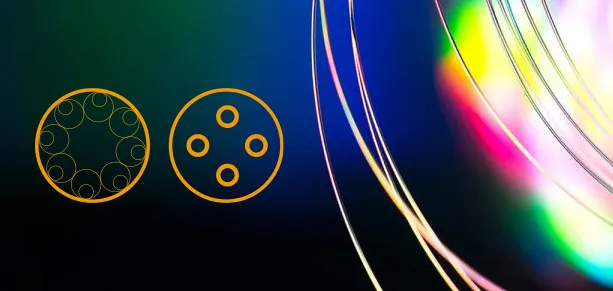The fiber reflector is also called the fiber Bragg grating filter. It is usually installed at the front end of the ONU of the optical network. Combined with the OTDR equipment, it can realize the point-to-point (PTP) or point-to-multipoint (PTMP) network monitoring of the optical link, which can quickly and accurately reflect the network abnormality.
1. Fiber Bragg grating fiber optic reflector
What is fiber grating? The full name of FBG is Fiber Bragg Grating. Fiber grating is a kind of diffraction grating. It mainly increases the probability of refraction of the inner fiber core through a certain method, thereby forming an all-fiber device formed by periodic modulation.
Fiber gratings have the characteristics of small size, good wavelength selectivity, good compatibility, mature manufacturing technology, good practicability and low cost, so they are widely used in the field of communication and sensing.
The fiber grating fiber optic reflector utilizes the wavelength-selective properties of the fiber grating and the fiber grating is embedded in the adapter. It can be conveniently installed at the front end of the optical network (ONU) and cooperates with the optical time domain reflector (OTDR) to quickly and accurately realize the fault detection of the optical network. Due to the excellent wavelength selection characteristics of fiber grating, it is resistant to electromagnetic interference and the center wavelength shifts very little with the change of external temperature. When the coverage and depth of the optical network continue to increase, the fault point of the entire optical network can be quickly and accurately detected.
2. The application of fiber optic reflector
With the application of optical splitters (Splitter) in passive optical network (PON) network, the complexity of ODN network deployment environment becomes larger. The splitter at the end of FTTx applies the splitting of the trunk optical cable signal and at the same time increases the difficulty of the OTDR technology to identify the attenuation events on the ODN branch optical fiber. The application of fiber grating reflector is a wavelength selective reflector proposed based on this environment, which aims to improve the fast and accurate detection of optical link failure events by OTDR.
The fiber optic reflector is usually installed on the ONU side and the OTDR detects the intensity of the optical signal reflected back by the reflector. By comparing the return loss value between the normal link and the faulty link, it can be judged whether the optical fiber in the link is damaged or broken. However, the working wavelength of a normal passive optical network (PON) system passes through the reflector with little attenuation because it does not meet the reflector conditions. The reflector achieves the monitoring function without disturbing or losing traffic. The grating reflection wavelength of the 1650nm fiber grating reflector is 1645~1650nm and the optical signal satisfying this Bragg condition will return along the input path, while all other wavelengths of light (1260~1625nm) can pass through. If the input optical signal segment can detect the reflection peak of the fiber grating in this band, it can be judged that the transmission path is normal. On the contrary, it is abnormal.
End-to-end OTDR measurements from OLT to ONT are often difficult due to high losses and complex networks introduced by splitters. The application of optical fiber reflectors is a cost-effective solution to help OTDR detection and it is the best way to achieve real-time end-to-end (OLT to ONT) monitoring of optical networks in FTTx networks.

 Fiber Optic Flex Circuit (FOFC)
Advanced Simulation & Optimization, High Positioning Accuracy, Flexible Customization, Rigorous Reliability Testing
Fiber Optic Flex Circuit (FOFC)
Advanced Simulation & Optimization, High Positioning Accuracy, Flexible Customization, Rigorous Reliability Testing MDC Solution
US Conec's MDC connector is a Very Small Form Factor (VSFF) duplex optical connector, expertly designed for terminating single-mode and multimode fiber cables with diameters up to 2.0mm.
MDC Solution
US Conec's MDC connector is a Very Small Form Factor (VSFF) duplex optical connector, expertly designed for terminating single-mode and multimode fiber cables with diameters up to 2.0mm. MMC Solution
US Conec's Very Small Form Factor (VSFF) multi-fiber optical connector that redefines high-density connectivity with its cutting-edge TMT ferrule technology and intuitive Direct-Conec™ push-pull boot design.
MMC Solution
US Conec's Very Small Form Factor (VSFF) multi-fiber optical connector that redefines high-density connectivity with its cutting-edge TMT ferrule technology and intuitive Direct-Conec™ push-pull boot design. EN
EN
 jp
jp  fr
fr  es
es  it
it  ru
ru  pt
pt  ar
ar  el
el  nl
nl 



_and_High-Reflection_(HR)_Optical_Coatings.webp)
